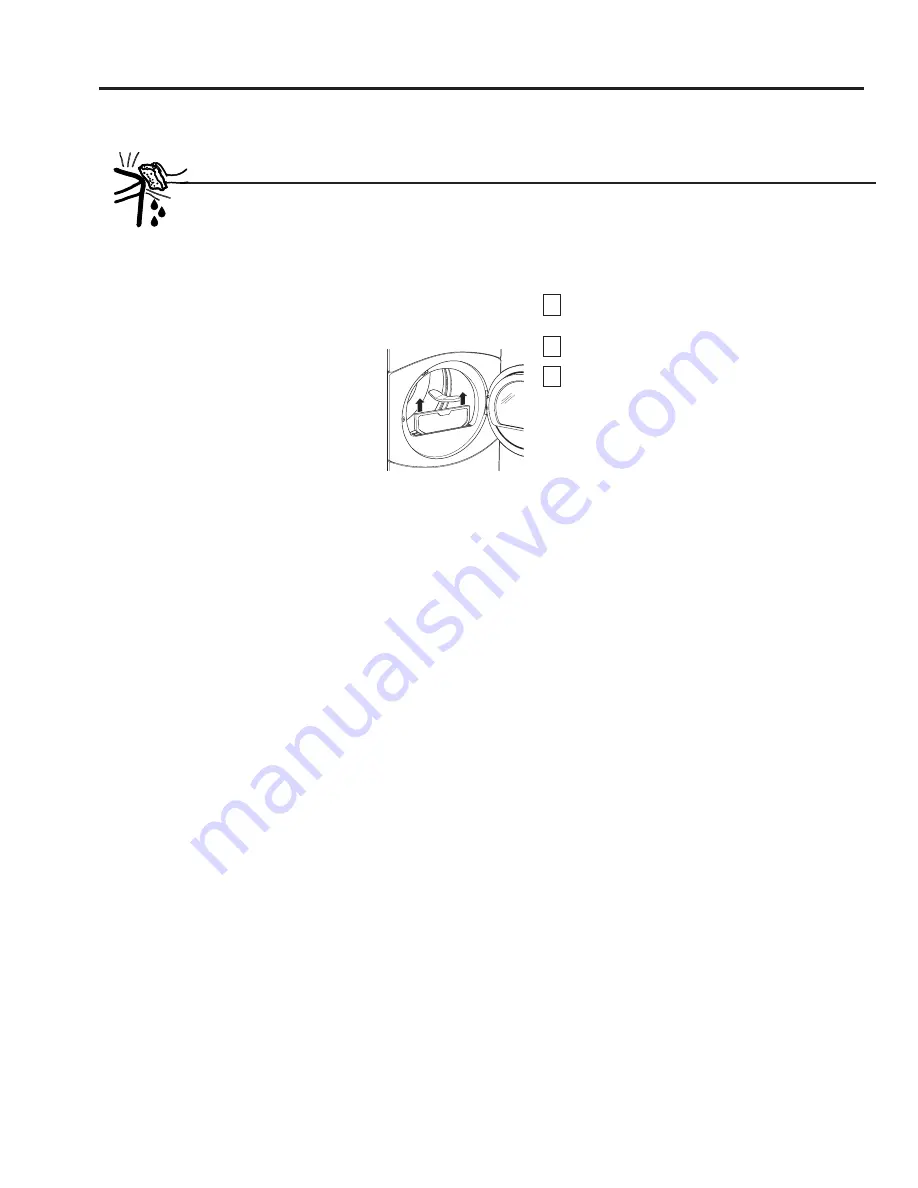
16
Care and Cleaning of the Dryer
The Exterior:
Wipe or dust any spills or washing
compounds with a damp cloth . Dryer control
panel and finishes may be damaged by some
laundry pretreatment soil and stain remover
products . Apply these products away from
the dryer . The fabric may then be washed and
dried normally . Damage to your dryer caused by
these products is not covered by your warranty .
The Lint Filter:
Clean the lint
filter before each use .
Pull out the lint filter .
Moisten your fingers and
remove the captured lint .
Once clean, slide the filter
back into position . Have a
qualified technician vacuum
the lint from the dryer once
a year .
NEVER OPERATE THE DRYER WITHOUT ITS FILTER
IN PLACE.
Stainless Steel:
To clean stainless steel surfaces
use a damp cloth with a mild, non-abrasive cleaner
suitable for stainless steel surfaces . Remove the
cleaner residue and then dry with a clean cloth .
The stainless steel used to make the dryer drum
provides the highest reliability available in a GE
dryer . If the dryer drum should be scratched or
dented during normal use, the drum will not rust or
corrode . These surface blemishes will not affect the
function or durability of the drum .
Dryer Interior and Duct:
The interior of the
appliance and exhaust duct should be cleaned
once a year by qualified service personnel .
The Exhaust Duct:
Inspect and clean the exhaust
ducting at least once a year to prevent clogging .
A partially clogged exhaust can lengthen the
drying time .
Follow these steps:
1
Turn off electrical supply by disconnecting
the plug from the wall socket .
2
Disconnect the duct from the dryer .
3
Vacuum the duct with the hose attachment
and reconnect the duct .
The Exhaust Hood:
Check with a mirror that
the inside flaps of the hood move freely when
operating . Make sure that there is no wildlife
(birds, insects, etc .) nesting inside the duct
or hood .
Always follow the fabric manufacturer’s care label when laundering.
Loading and using the dryer.
















































